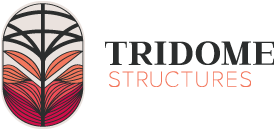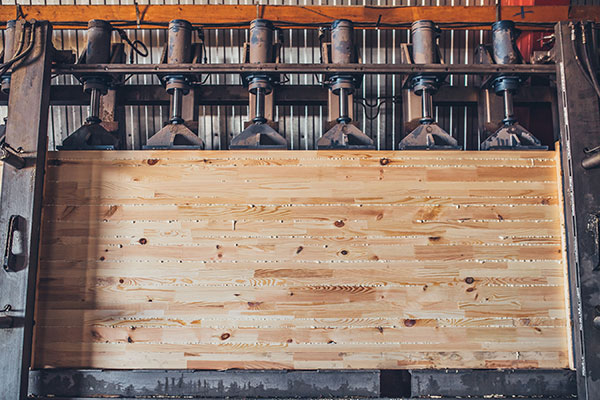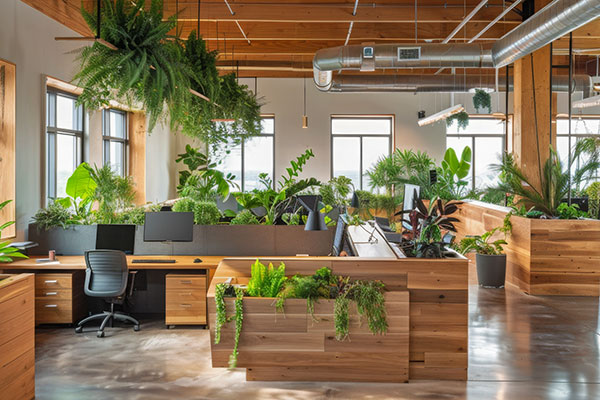Dowel-Laminated Timber (DLT) is a type of mass timber construction material. It’s essentially a collection of solid wood boards stacked together and held in place by friction-fit hardwood dowels. DLT is a modern approach to timber construction, combining traditional wood with innovative engineering for sustainable and efficient building solutions.
Manufacturing Process:
- Precise Lumber Selection: The process begins with carefully selecting high-quality lumber, often sourced from sustainably managed forests.
- Finger Jointing: To increase the usable length of the lumber, the boards are often finger-jointed. This involves precisely cutting interlocking pieces at the ends of the boards and then gluing them together.
- Milling and Shaping: The lumber is then milled to precise dimensions and shaped to the desired profile, which can vary depending on the application (e.g., flat panels for floors, curved beams for roofs).
- Lamination: The prepared boards are stacked on edge or cross-laminated. This stacking orientation significantly influences the panel’s structural properties.
- Edge-laminated DLT: Typically used for floors and roofs, offering high strength in the direction perpendicular to the laminations.
- Cross-laminated DLT: Can be used for walls, offering greater strength in both directions.
- Dowel Insertion: This is the crucial step. Hardwood dowels, typically made from beech, are precisely inserted into pre-drilled holes in the boards.
- Friction Fit: The dowels are driven into the holes with significant force, creating a tight friction fit between the boards.
- No Glue or Nails: This all-wood connection system eliminates the need for adhesives or metal fasteners, resulting in a purely wooden structure.
- Pressing: The assembled panel is then placed in a hydraulic press, where immense pressure is applied to compress the dowels and ensure a secure connection between the boards.
Key Engineering Principles:
- Friction: The primary force holding the DLT panel together is friction between the dowels and the surrounding wood. This friction is maximized through precise dowel diameter, hole size, and insertion force.
- Stress Distribution: The dowels effectively distribute the loads across the entire panel, optimizing the use of the wood material.
- Moisture Content Control: Careful control of the wood’s moisture content is crucial. Changes in moisture content can affect the dimensions of the wood and the performance of the dowel connections.
Advantages Beyond the Basics:
- Seismic Performance: DLT exhibits excellent seismic performance due to its inherent ductility and ability to dissipate energy through deformation.
- Fire Resistance: Wood, in general, has good fire resistance. DLT, with its charring layer, can provide significant fire protection.
- Aesthetics: The exposed wood surfaces create a warm and inviting aesthetic, contributing to a more pleasant indoor environment.
- Sustainability: As a renewable and biodegradable material, DLT offers significant environmental benefits compared to many traditional construction materials.
Applications:
- Floors: Residential, commercial, and industrial buildings
- Roofs: Single-family homes, multi-story buildings, and long-span structures
- Walls: Load-bearing and non-load-bearing applications
- Bridges: Footbridges and other smaller bridge structures
DLT is a relatively new technology, and ongoing research and development are continually pushing the boundaries of its capabilities. Innovations in manufacturing techniques, connection systems, and design software are likely to lead to even more efficient and versatile DLT structures in the future.



